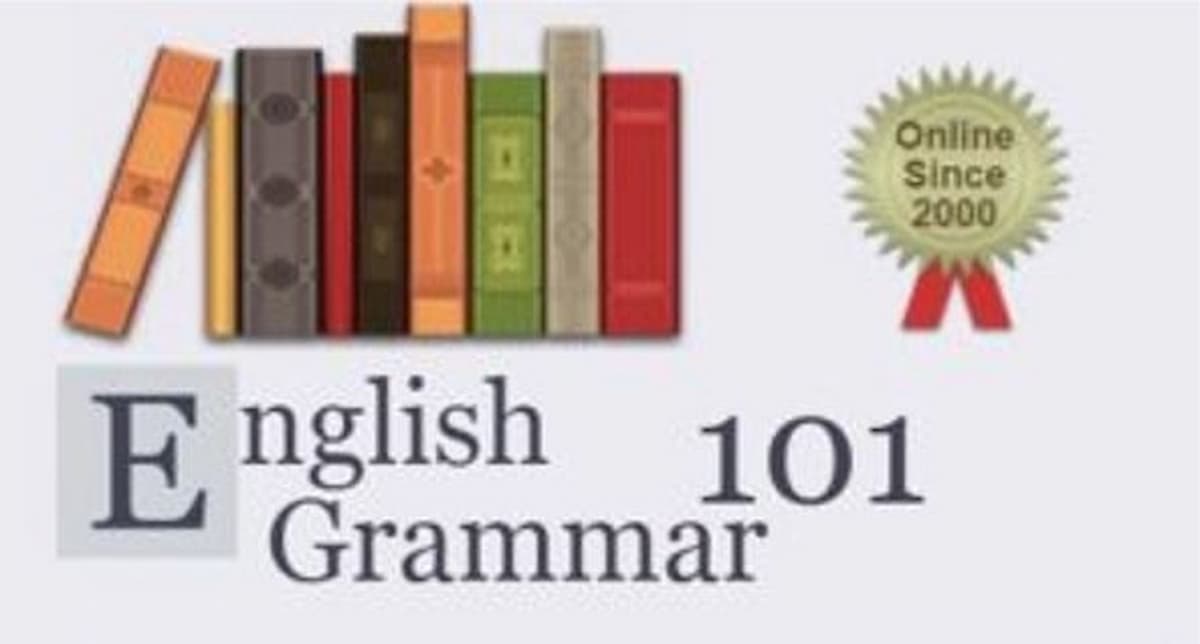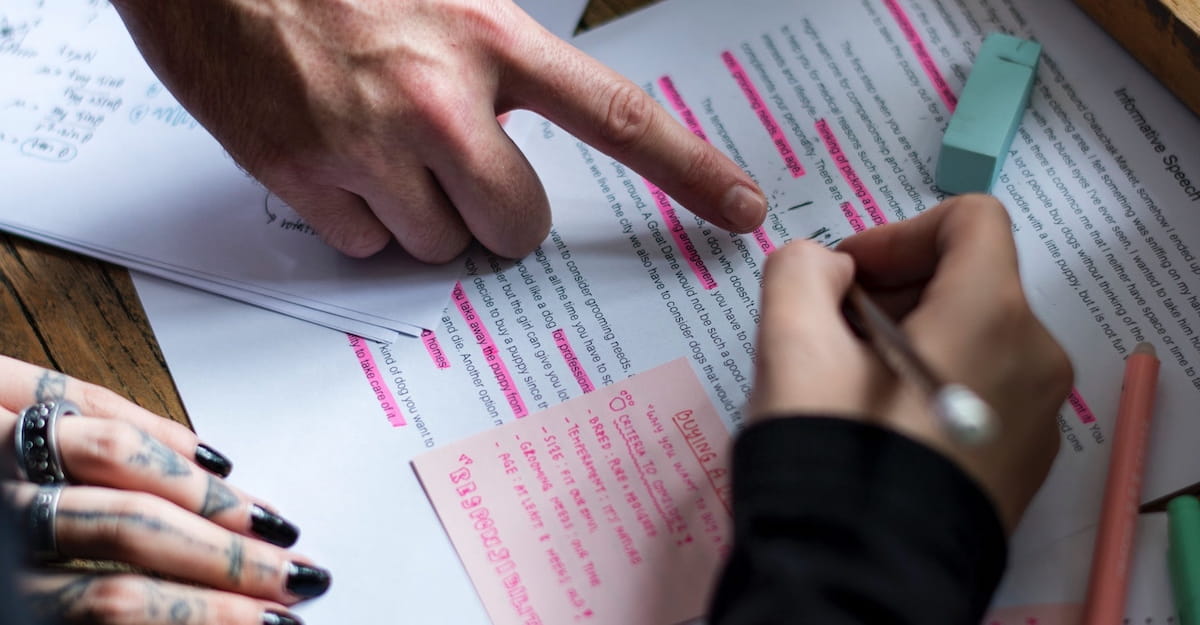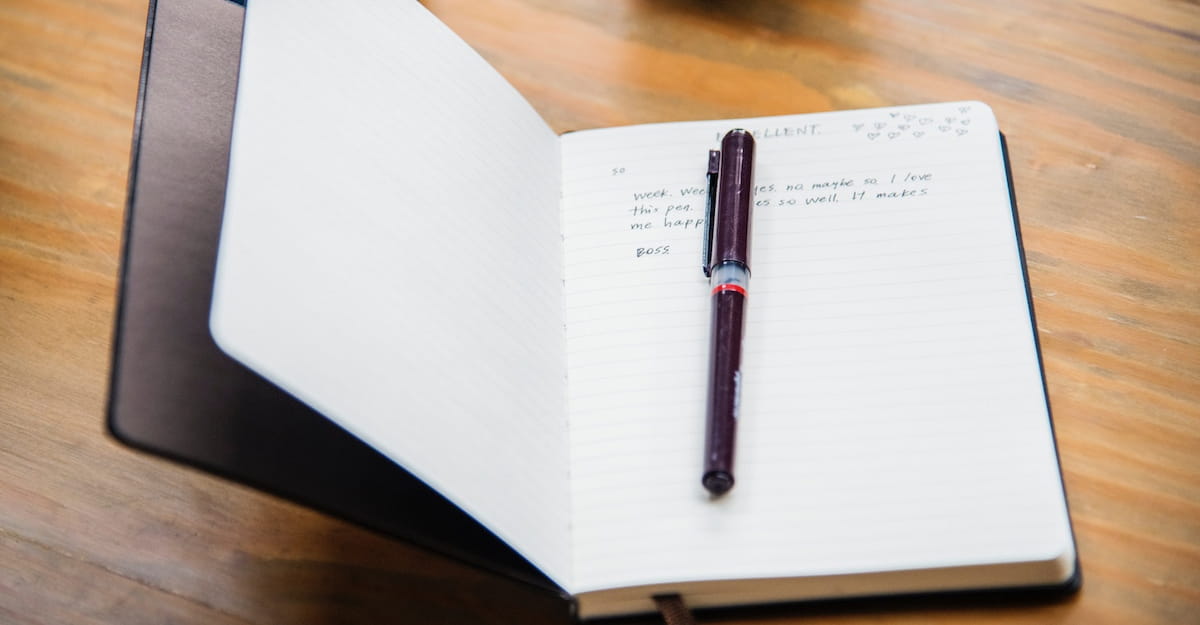
In this series, we are exploring the concept of voice in writing. Voice is a complex art that many writers develop over time. However, teachers in middle school can start teaching voice by focusing on the five elements: diction, syntax, tone, imagery and detail. In this second installment of the voice series, we will explore syntax.
Voice: Syntax
Syntax plays a crucial role in shaping the voice of a piece of writing. By choosing certain sentence structures and word orders, writers can convey different tones, moods, and perspectives. For example, a writer might use short, simple sentences to create a sense of urgency or excitement, or they might use longer, more intricate sentences such as compound-complex sentences to convey a sense of depth and complexity
Here are a few examples of how syntax can shape the voice of a piece of writing:
Short, simple sentences
“Fire! Help! Somebody call 911!”
In this example, the writer uses short, simple sentences to create a sense of urgency and convey the panic and chaos of an emergency situation. The short, staccato rhythm of the sentences along with the use of an interjection emphasizes the urgency of the situation and creates a tense, dramatic atmosphere.
Long, complex sentences
“As I stood there, watching the sun slowly sink below the horizon, I couldn’t help but feel a sense of melancholy creeping over me, as though the weight of the world were settling on my shoulders, pressing me down into the sand.”
In this example, the writer uses a long, complex sentence to convey a sense of introspection and melancholy. The intricate syntax and poetic language create a sense of depth and complexity, allowing the reader to connect with the writer’s emotions on a deeper level.
Repetition
“I have a dream that one day even the state of Mississippi, a state sweltering with the heat of injustice, sweltering with the heat of oppression will be transformed into an oasis of freedom and justice. I have a dream that my four little children will one day live in a nation where they will not be judged by the color of their skin but by the content of their character. I have a dream today.”
In this famous quote from Martin Luther King Jr., the repetition of the phrase “I have a dream” creates a powerful rhetorical effect, emphasizing the writer’s vision and determination to achieve a better future. The repetition also helps to reinforce the central message of the speech, which is the importance of equality and justice for all people.
To help students better understand the relationship between syntax and voice, try this activity:
Choose a short piece of text (e.g. a paragraph from a novel or a news article) that has a distinct voice or tone. Ask students to read the text and identify the tone or mood that the writer is trying to convey.
Have students analyze the syntax of the text. Ask them to identify specific sentence structures or word choices that contribute to the overall voice or tone of the piece.
Divide students into small groups and ask each group to rewrite the text using a different syntax. For example, they might turn short sentences into long ones, or vice versa. Encourage students to experiment with different sentence structures and word orders to see how they can change the tone or mood of the text.
Have each group share their rewritten versions of the text with the class, and discuss how the changes in syntax affected the overall voice or tone of the piece. Ask students to reflect on what they learned about syntax and voice from this activity, and how they can apply this knowledge to their own writing.
By engaging in this activity, students will gain a deeper understanding of the relationship between syntax and voice in writing. They will also learn how to experiment with different sentence structures and word choices to create their own unique voice in their writing.
In our next article, we will explore tone.
Read More

English Grammar 101 Alternatives

When You Ask for Analysis but You Get Summary Instead

Establishing Confident Writers Through Creativity and Self-Expression

Brainstorming Through Writer’s Block

Four Steps to Teaching Your Students Adverbs

How to Fire Your Internal Critic

What Just 10 Minutes of Daily Journaling Can Do for Student Writing



